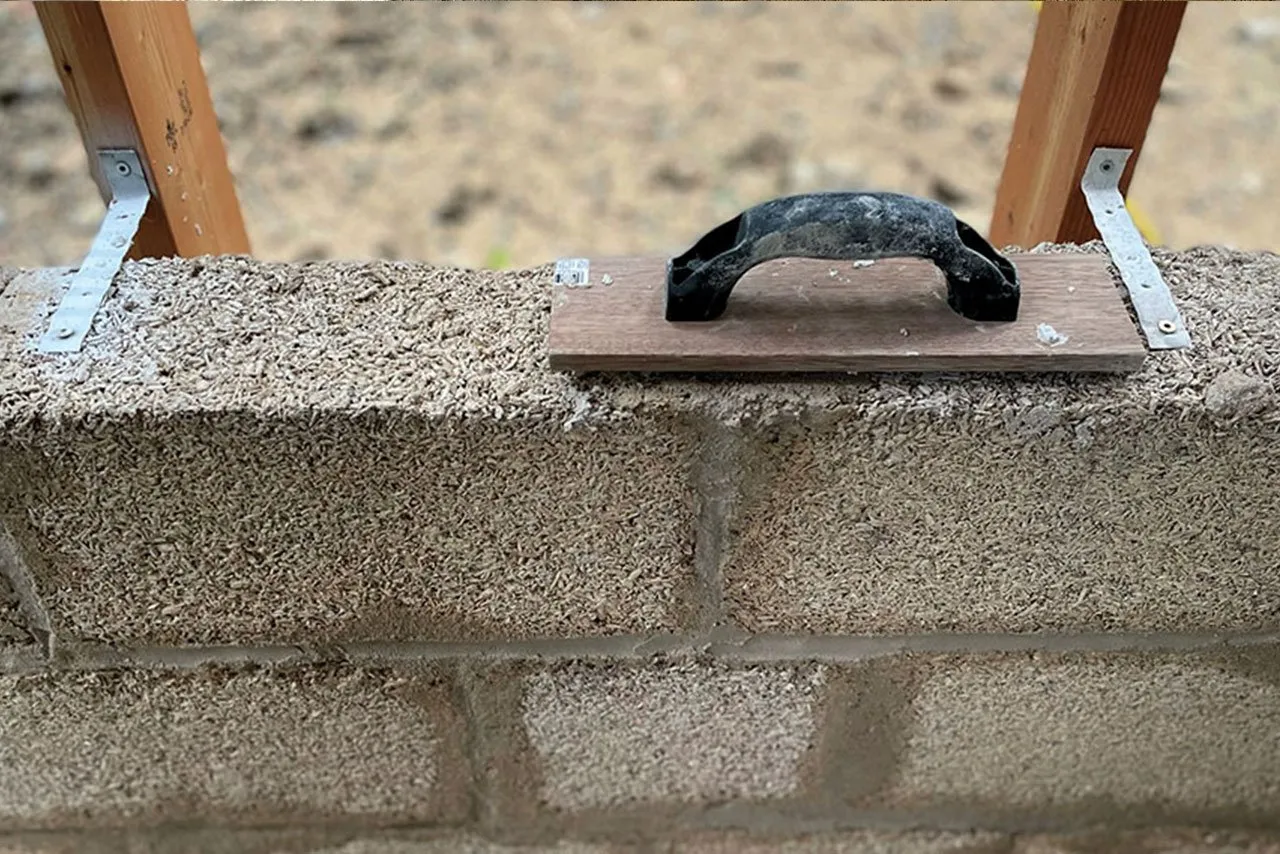Hemp
Hemp, mostly known as industrial hemp, belongs to the botanical class of Cannabis sativa cultivars. It has significantly long history of over 50.000 years and it is one of the first plant spun into usable fibres. This long history attests to its versatility and usefulness. Its rapid growth makes it an attractive resource for various industries, such as Textile and Clothing, Paper, Biofuel, Food and Animal feed, Construction, etc. In last past decades, there is an exponential growth on the research, development and the usage of the hemp-based materials in the construction industry.
What is Hempcrete/ Fiber reinforced concrete?
Hemp finds predominant use in the construction industry through two primary methods. Firstly, the outer material of hemp contains valuable bast fibers, that have been in the last decades significantly researched into incorporating hemp fibres within fiber-reinforced concrete as a replacement for synthetic reinforcement. Secondly, hemp hurd, i.e. inner part of the stem, can be processed to produce shives, which are utilized in the production of natural concrete so called hempcrete.
Hemp fiber reinforced concrete
Cement-based materials, known as quasi-brittle materials, exhibit low crack resistance and reduced energy absorption capacity under tensile loads. By incorporating fiber reinforcement into the matrix, these deficiencies are significantly reduced, shifting the composite’s behavior toward quasi-ductile or even ductile behavior. This results in improved energy absorption capacity in the post-peak region of the stress–strain curve. Natural fibers, such as hemp, are fully biodegradable, renewable resources available globally. Their tensile strength and E-modulus are comparable to synthetic fibers. To strike a balance between increasing a energy absorption capacity and decreasing compressive- and flexural strength, it has been confirmed that using 1 vol% fibers with a length of 10 mm in a matrix is justified. However, a major challenge in applying natural fiber composites remains ensuring their long-term durability. In alkaline environments, natural fibers face both alkaline attack and fiber mineralization. Alkaline attack can lead to degradation due to the dissolution of lignin and hemicellulose in the middle lamella of the fiber, while mineralization occurs when calcium hydroxide migrates toward fiber walls and into the fiber’s lumen. As a result, the composite may experience strength reduction and overall embrittlement. Researchers are actively exploring solutions, including fiber surface protection and matrix alkalinity reduction in order to provide a sustainable usage of natural fibres in cementitious matrices.
Hempcrete
The combination of lime and hemp shives results in a lightweight, natural concrete known as hempcrete. Its properties make it well-suited for constructing high-performance buildings that comply with current and future thermal and acoustic regulations. Hempcrete exhibits relatively low thermal conductivity, medium-low density, very high specific heat, strong thermal insulation, and thermal mass. These characteristics contribute to building comfort and prevent abrupt temperature changes. Additionally, hempcrete lacks heat bridges and airtightness, minimizing heat losses. Its hygroscopic nature ensures comfortable humidity levels within the building. Furthermore, hempcrete can withstand high humidity conditions, is fireproof, and its lime content provides antibacterial properties, making it resistant to mold. As a versatile bio-based material, hempcrete is suitable for various building types. However, its mechanical properties are limited (e.g., compressive strength less than 5 MPa), restricting its use primarily to non-load-bearing applications.
Article prepared by PP6 TECHNICAL UNIVERSITY OF VIENNA (Dipl.-Ing. Daniella Mehanni)
